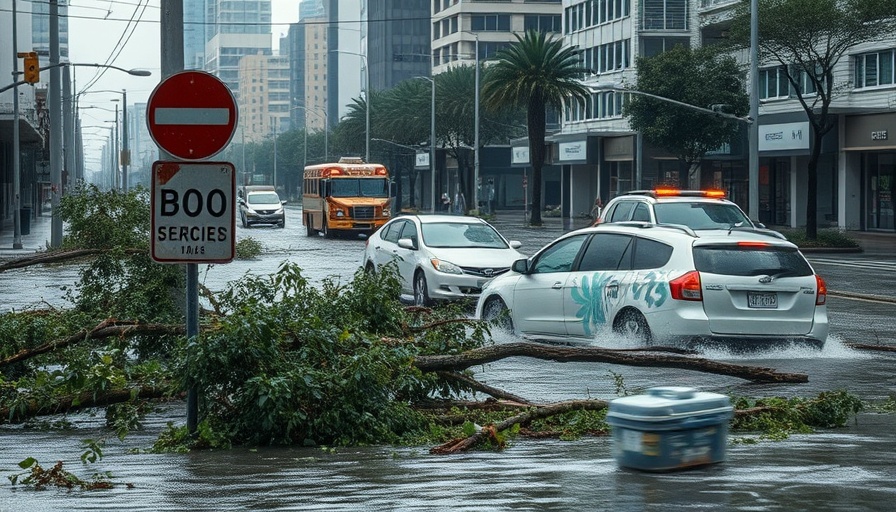
Critical Communication Failures Unveiled by Recent Flooding
The devastating floods that swept through the Texas Hill Country on July 4 highlighted a grave issue within emergency response systems: fragmented and outdated radio communications. As first responders from various counties rushed to assist, they found their ability to coordinate hindered by incompatible radio technologies. State Rep. Wes Virdell, whose district includes Kerrville, has voiced concern over these communication breakdowns, saying, "None of their radios were working. Other counties, first responders that came in had radios that weren’t working with each other."
The State's Radio System Landscape
In Texas, the landscape is complicated by more than 60 different safety radio systems which were developed by local agencies tailored to geographical and topographical needs. Some systems can interoperate, but too many remain siloed. As many first responders discovered during the floods, even the most modern radios face limitations; without access to local channels, they were rendered ineffective. The chaos that ensued illustrated that effective emergency communication needs immediate attention and reform.
Interoperability Challenges and Legislative Efforts
Efforts to enhance interoperability among these disparate systems are underway. The Statewide Inoperability Coordinator (SWIC) is engaging with agencies to promote wide-area radio systems and introducing multiband radios capable of functioning across various services. Yet, as Nim Kidd, the Chief of the Texas Department of Emergency Management, noted, the process to link these systems tends to be slow and cumbersome, especially in emergency situations where rapid coordination can mean the difference between life and death.
Funding Barriers to Effective Solutions
Even as discussions emerge about the need for advanced technological solutions, funding remains a significant barrier. While the governor has established a grant program aimed at upgrading emergency communication capabilities, it’s widely viewed as underfunded. Furthermore, adopting new technologies also requires extensive training for first responders, complicating implementation even further.
Community Impact: Voices from the Flood
This Thursday, legislators will gather in Kerrville for an all-day hearing to address the failures laid bare by the floods. For the first time, legislators will not only hear from officials but also from community members impacted by the floods. This inclusive approach aims to bridge the gap between policy-making and real-life consequences, ensuring that future communications plans take into account the direct experiences of residents.
Future Predictions: The Path Forward
Looking ahead, lawmakers face the challenge of reconciling the necessity for modern communication tools with the realities of funding constraints. With the commitment of some legislators to seek practical solutions, there is hope that progress will be made to enhance communication among first responders. However, this will require a collaborative effort among state agencies, local governments, and community stakeholders to establish a unified, resilient radio system capable of functioning in emergencies.
Conclusion: A Call for Action
The recent floods in the Texas Hill Country have significantly underscored the urgent need for an overhaul of the state's radio communication systems. As local communities prepare to voice their experiences and needs at the upcoming hearing, it is imperative that state legislators recognize and act on the need for a coordinated response that will prevent future communication failures during disasters
 Add Element
Add Element  Add Row
Add Row 



Write A Comment